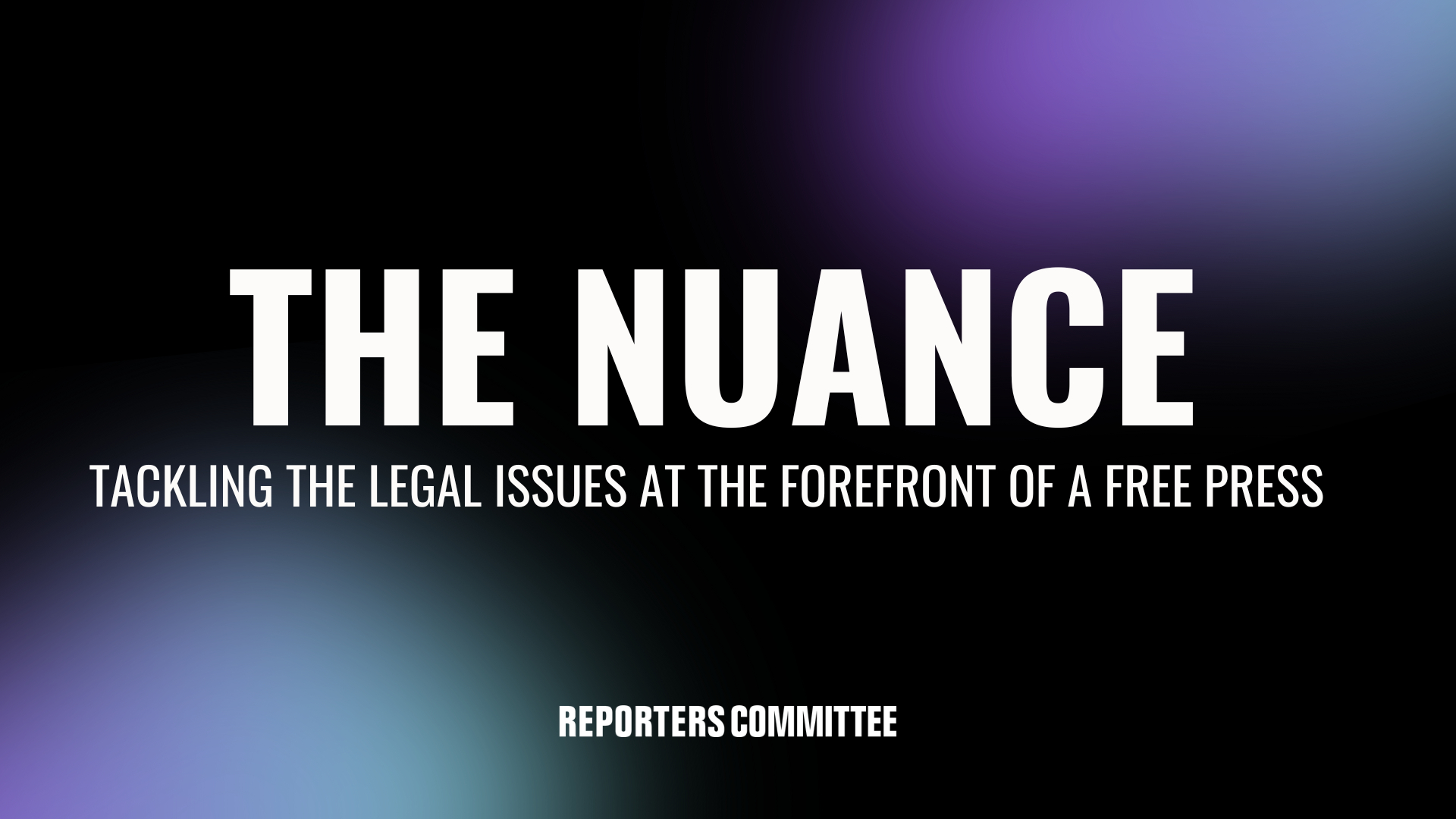We missed a bunch of long-forgotten leak hunts

Three weeks ago, this newsletter had a piece reporting that CIA Director William J. Burns wrote to Jim Scott, the son of a columnist who had been wiretapped by the agency in the 1960s as part of “Project Mockingbird.” In researching that story, I went back to John Prados’s 2013 book “The Family Jewels,” where I noticed a sentence suggesting another illicit CIA wiretap of journalist Charles J. V. Murphy in 1959 after he reported on the Cold War “missile gap.”
I panicked a bit in reading that, as we at the Reporters Committee for Freedom of the Press try to maintain a list of every case where federal officials have surveilled or otherwise investigated journalists to identify the sources of leaked national security secrets. The “Chart” — as it’s known around here — includes all of the agency wiretaps noted in the CIA’s Watergate-era dossier of activity that may have violated its charter (the “Family Jewels”). I had never seen the Murphy case, though.
And I started to hyperventilate as I tried to run down further detail on Murphy. While I’ve so far been unable to find anything beyond a reference to a 1959 wiretap of a “newsman” in the Rockefeller Commission report (and if any reader can point me to more information, I’d be grateful), I did find in the Senate Church Committee report numerous instances of wiretaps by the FBI, at the behest of the Justice Department, in leak hunts during the 1960s and early 1970s, which we’d failed to include in the Chart. The cases are described starting on page 321 of Book III of the report. Short summaries follow below.
Lloyd Norman (1961): Norman was a defense reporter for Newsweek for 20 years, starting in 1958. In 1961, he wrote an article on plans to build up American forces in Germany, which the administration believed was based on classified information. President John F. Kennedy called his brother, Attorney General Robert Kennedy, to see if the Justice Department could identify the leaker. On June 27, 1961, the FBI wiretapped Norman’s home phone, without the then-required prior authorization from the attorney general, who would formally approve it three days later. The surveillance continued until July 3, 1961, and failed to identify any source. An internal summary of the FBI report on the matter stated that the “majority of those interviewed thought a competent, well-informed reporter could have written the article without having reviewed or received classified data.”
Hanson Baldwin (1962): Baldwin, a longtime military reporter for The New York Times, reported on efforts by the Soviet Union to better protect their intercontinental ballistic missiles, which accurately tracked a CIA intelligence estimate. According to transcripts of Oval Office conversations, the Kennedy administration considered using the CIA to investigate Baldwin, and the Church Committee report confirms that the FBI implemented “technical coverage” of the residences of Baldwin and a Times secretary, which were formally approved by the attorney general after the fact. The tap on the secretary continued for about two weeks; Baldwin’s tap lasted nearly a month.
“Editor of an Anti-Communist Newsletter” (1965): It’s unclear whom specifically this is referring to but it involved wiretaps of the editor of the newsletter and an attorney with whom the editor was in frequent contact, all approved by Attorney General Nicholas Katzenbach.
Joseph Kraft (1969): The basic facts of this wiretap were public record at the time of the Church Committee. At the direction of White House aide John Ehrlichman, Kraft, a syndicated columnist, was wiretapped by John Caulfield and John Ragan, two individuals later associated with the White House Plumbers, possibly in connection with a leak from the National Security Council. W.C. Sullivan, an assistant director of the FBI, actually followed Kraft on a European trip where, with the assistance of a foreign security agency, he had a microphone placed in Kraft’s hotel room. Upon his return, he was also physically surveilled by the FBI.
The “Seventeen Wiretaps” (1969-71): In May 1969, William Beecher at The New York Times reported on American bombing raids in Cambodia. That led to a series of wiretaps against 17 government employees and journalists, the most famous being that of NSC staffer Morton Halperin. According to the Church Committee report, reporters for the London Sunday Times and The New York Times, as well as a correspondent for CBS News, were wiretapped as part of this initiative. The wiretaps lasted from between six weeks to 20 months.
The report also notes wiretaps of suspected leakers, the most interesting of which is Charles Radford, a Navy Yeoman assigned to the Joint Chiefs of Staff. The surveillance stemmed from a December 1971 article by columnist Jack Anderson describing private conversations between President Richard Nixon and National Security Advisor Henry Kissinger. Radford reportedly served as a bit of a mole in the White House for the joint chiefs.
I’m about to go down a long rabbit hole on the Charles Murphy wiretap and these others. Expect to see updates soon.
Like what you’ve read? Sign up to get The Nuance newsletter delivered straight to your inbox!
The Technology and Press Freedom Project at the Reporters Committee for Freedom of the Press uses integrated advocacy — combining the law, policy analysis, and public education — to defend and promote press rights on issues at the intersection of technology and press freedom, such as reporter-source confidentiality protections, electronic surveillance law and policy, and content regulation online and in other media. TPFP is directed by Reporters Committee attorney Gabe Rottman. He works with RCFP Staff Attorney Grayson Clary and Technology and Press Freedom Project Fellow Emily Hockett.